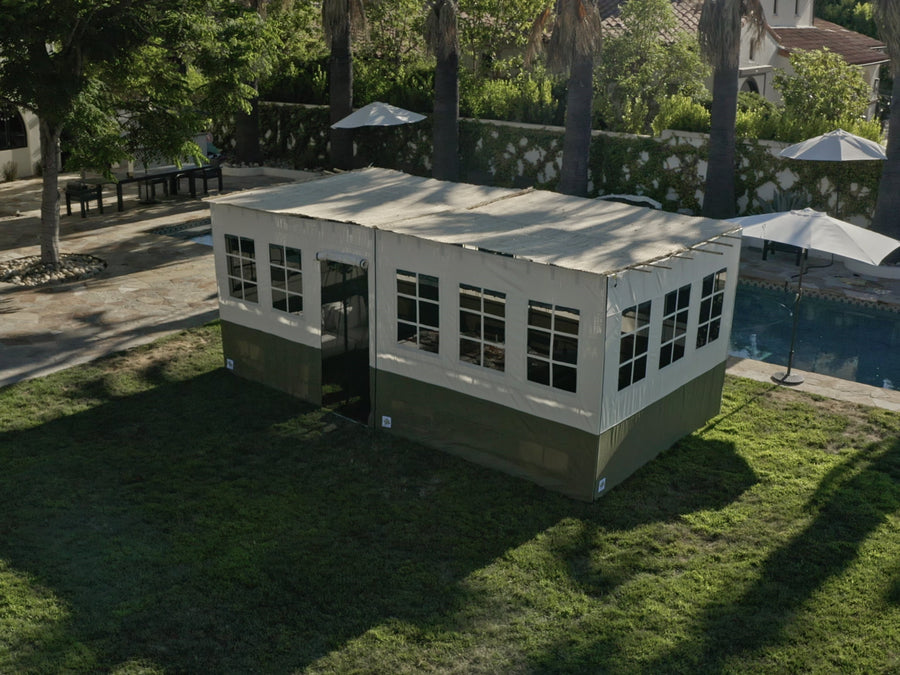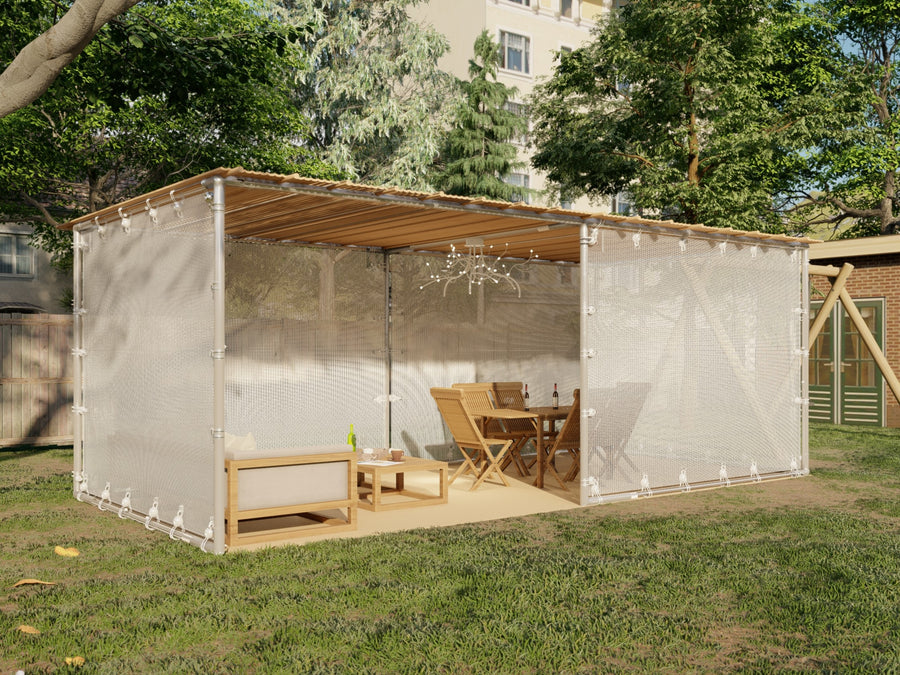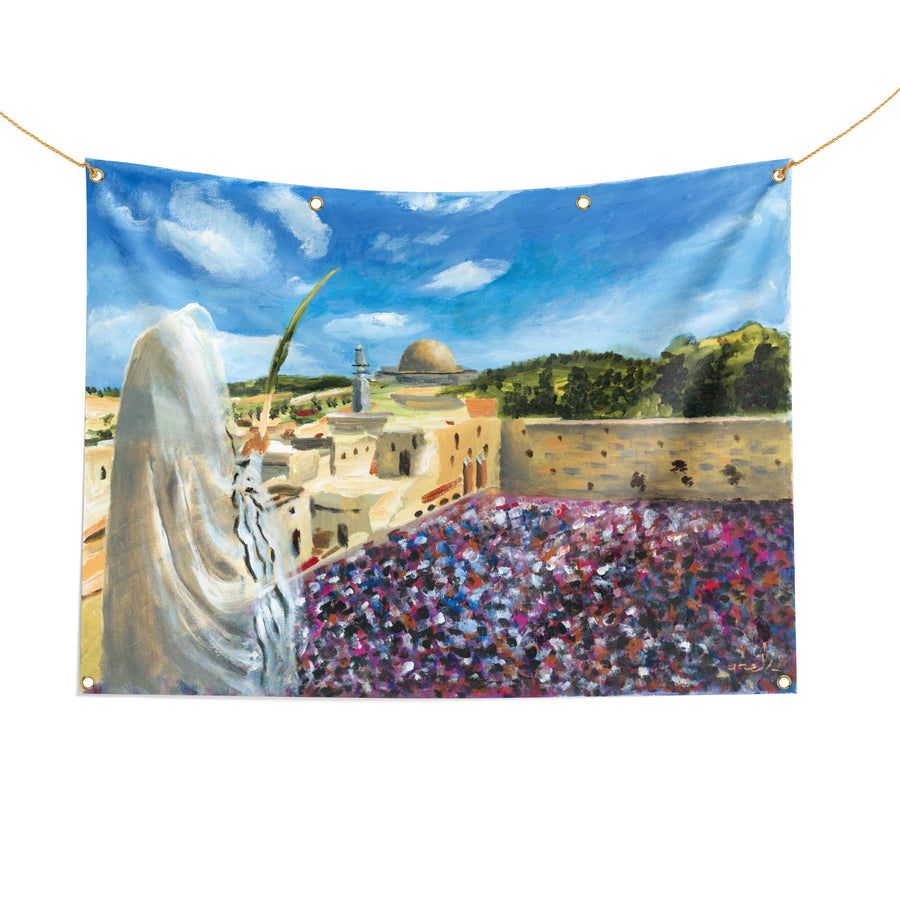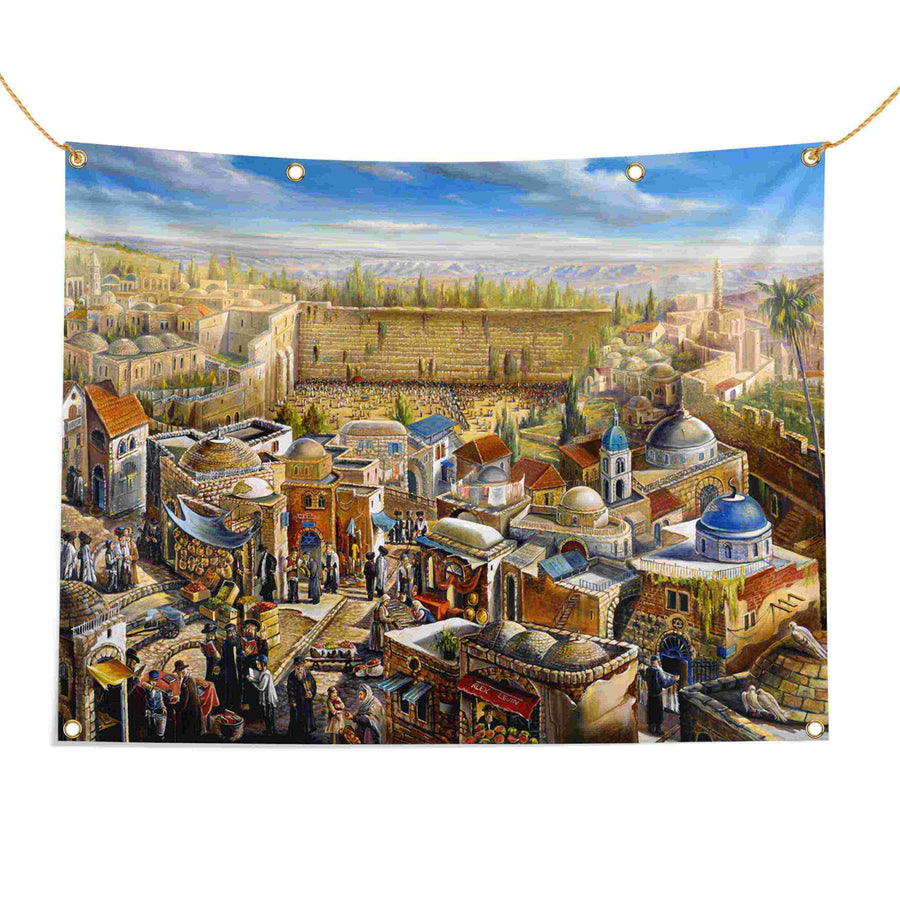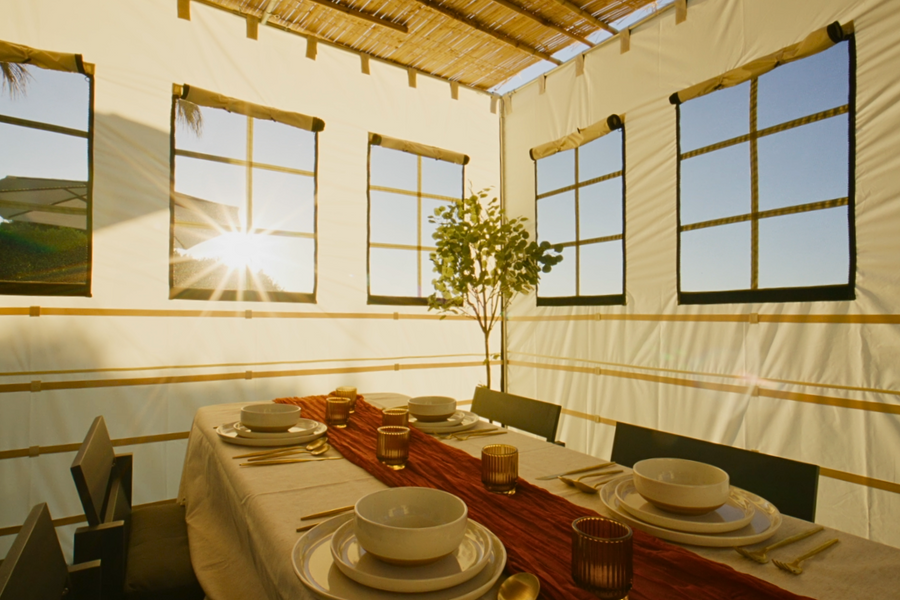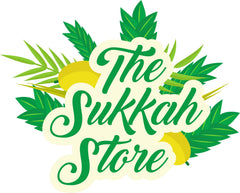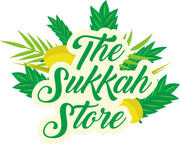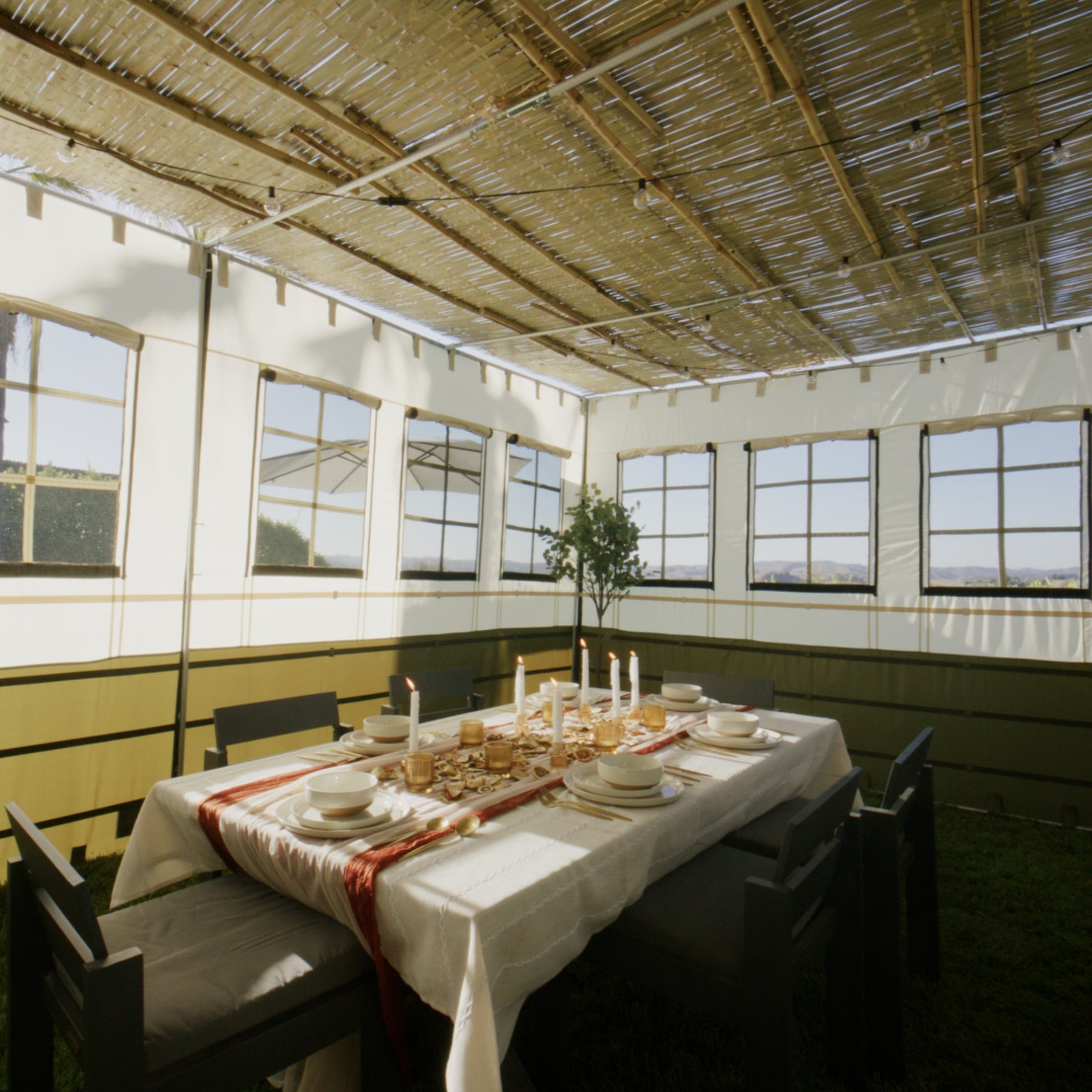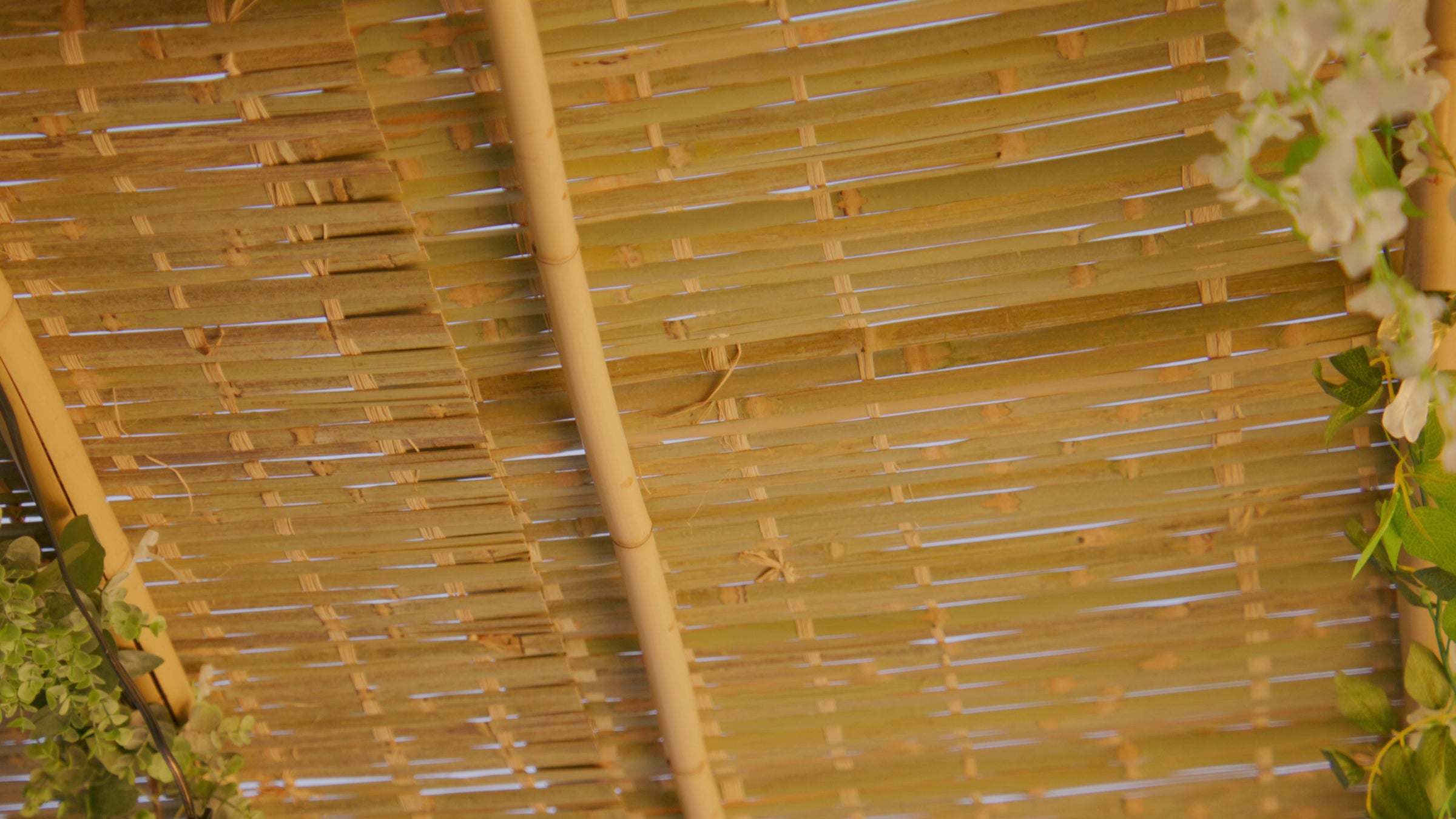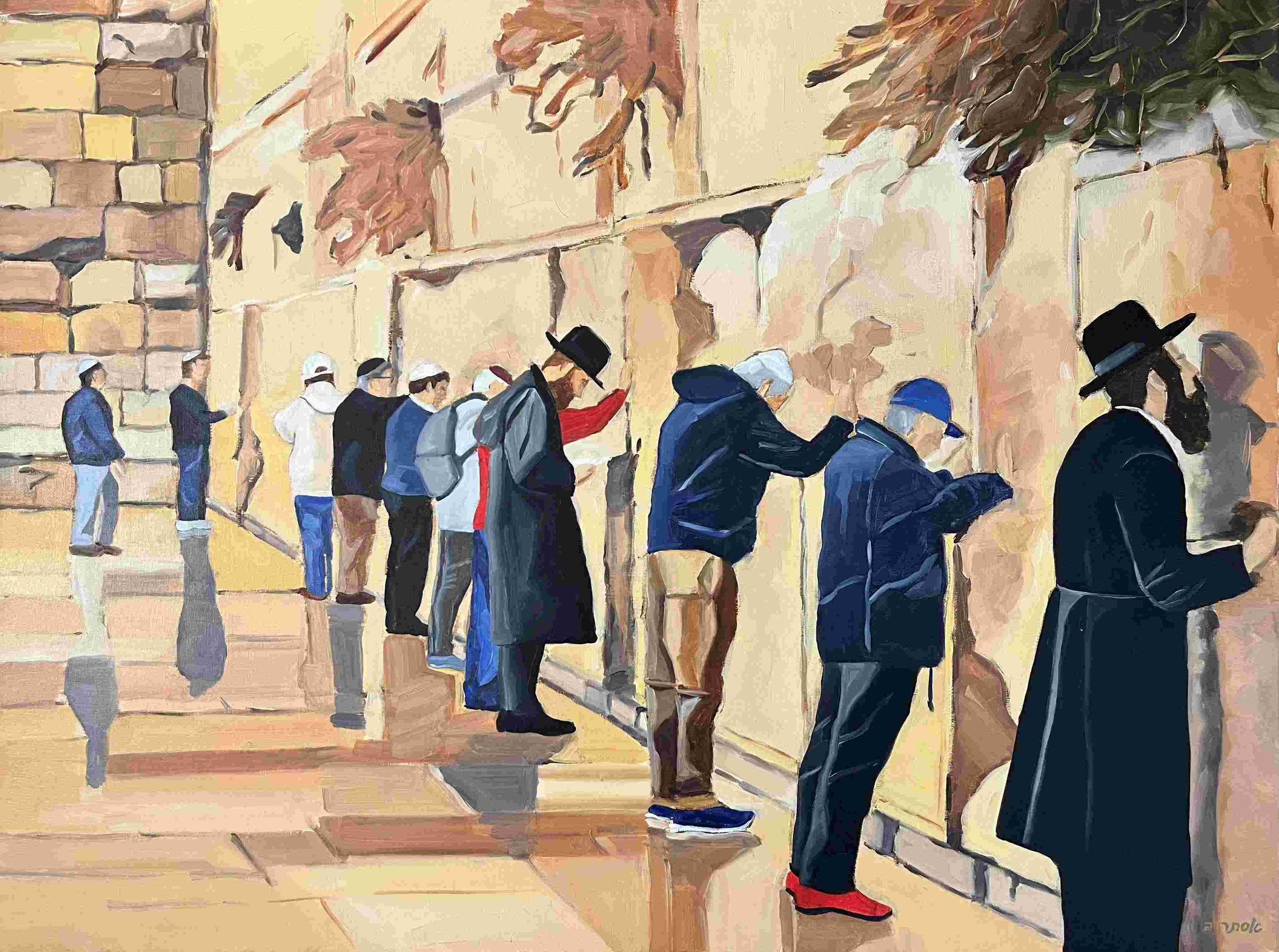

Table of contents
Every Sukkot, as Jews everywhere pull out their Four Species (Arbah Minim) – the lulav (palm branch), etrog (citron), hadassim (myrtles), and aravot (willows), one question lurks behind the palm fronds: who actually owns this thing?
Ownership matters, especially on the first day(s) of Sukkot, when the Torah says: “u’lekachtem lachem” – “you shall take for yourselves” (Leviticus 23:40). “Yourselves” doesn’t just mean “borrowed from your neighbor with a smile.” It means legal ownership.
So what happens when minors, shuls, or even toddlers with toy lemons get involved? Let’s dive into three classic halachic scenarios, and see just how tricky ownership of a palm frond can be.
The Minor Dilemma: Can Kids Give Back Your Arbah Minim?
Picture the scene: an adult hands his lulav to a child to “shake it like everyone else.” Cute, right? Not so fast.
The Shulchan Aruch (Code of Jewish Law, Orach Chayim 658:6) warns against giving your lulav as a gift to a minor on the first day of Sukkot. Why? Because while a minor can acquire an object, he can’t legally give it back. That means if you hand it over, congratulations – you’ve just lost your lulav until after the holiday.
So what’s the workaround?
Wait until the adults are done. Once no grownup still needs the lulav for their mitzvah, it can be gifted to the child for practice. From that point on, the adult can just borrow it back, since borrowing is fine after the first day.
Rely on training laws. Some halachic authorities argue that rabbinic decrees allowing children to buy groceries (because yes, at some point kids were the original 7-Eleven runners) carry enough weight to let them also transfer back a lulav [Ran on Sukkah 46a].
Invoke the court. There’s also the principle of hefker beit din hefker – “what the court declares ownerless is truly ownerless” (see Ketubot 3). Some suggest a rabbinical court could pre-declare that any lulav in a minor’s hands reverts to being ownerless once he’s done, letting the adult pick it up afresh. Though practical implementation of that plan is… let’s say “complicated.”
The Shul Set: Who Really Owns the Synagogue Lulav?
In many communities, the synagogue buys a communal set of the Four Species with membership dues. Sounds nice and democratic: everyone chipped in, so everyone owns it. Problem solved, right?
Not quite.
The halachic principle of ‘lachem’ – ownership – means each person has to truly acquire the set for themselves. Shared, partial ownership doesn’t cut it [Rema to Orach Chayim 658]. Even if you technically paid for your share with your annual dues, that doesn’t magically translate into legal acquisition of the lulav each time you grab it.
So who owns the shul’s lulav?
Most poskim (halachic authorities) say it’s the rabbi or the shul itself, represented by the rabbi or gabbai (sexton).
The rabbi then “gifts” the lulav to each congregant as they use it, with the classic condition: “This is yours as a gift – on condition you give it back.”
Once the first person finishes, he can pass it directly to the next worshipper under the same condition, and so on until it’s returned.
Think of it like a very holy game of “hot potato.” Except with palm fronds. And eternal reward.
Lemon or Etrog? Kids Below the Age of Chinuch
Now imagine a parent whose child hasn’t quite reached the age of chinuch (formal education in mitzvot), but still wants to “join in” the lulav parade. Should the parent buy a kosher (but fragile and pricey) set for the toddler? Or is a lemon and a stick good enough?
The Shulchan Aruch (Orach Chayim 657) says that once a child can properly wave the lulav, the father is obligated to buy him a real set. The Biur Halacha (ad loc. s.v. keday lechancho) stresses that the set must be kosher – no shortcuts.
But what if the child isn’t there yet?
The halachic voices weigh in:
Ritva’s lesson from Queen Helena of Adiabene. The Talmud (Sukkah 2b) recalls her massive Sukkah, which was taller than the legal maximum. The sages argued that it must have been kosher, since she had seven sons of chinuch age, and parents must provide fully kosher mitzvah objects for children. The implication: below that age, the obligation doesn’t exist [Ritva on Sukkah 2b].
Rav Ovadia Yosef’s take. While kids at chinuch age need kosher species, one doesn’t need to worry about all the mehadrin min hamehadrin (extra stringencies). A standard kosher set suffices [Chazon Ovadia: Sukkot, p. 403].
Practical notes. For younger kids, using a lemon or even a stuffed toy lulav-and-etrog set isn’t halachically problematic. It’s just for fun and atmosphere. The only caution is not to mislead kids into thinking their play lulav fulfills the mitzvah. Otherwise, you risk raising a generation who feel tricked by citrus.
Why All This Fuss About Ownership?
It may sound over-technical, but there’s a real principle here: mitzvot aren’t just rituals, they’re also about responsibility. To fulfill lulav properly, you need to own it – not borrow it, not sort-of-share it, but actually take possession. That’s why so much energy goes into making sure kids, congregants, and communities handle this correctly.
It’s also a lesson in values. Giving a child a kosher set when they’re ready and letting them play with toy sets before that builds joy without confusion. And in the communal setting, the rabbi’s ritual “gifting” teaches how halacha balances precision with practicality.
So, What’s the Takeaway?
Don’t give your lulav to a minor on the first day unless you’re done with it.
If your shul provides a set, ownership passes along through the rabbi’s ritual condition.
For toddlers not at chinuch age, a lemon works fine – but once they’re old enough, step up to a kosher set.
At the end of the day, the Four Species are supposed to unite different “types” of Jews (Midrash Vayikra Rabbah 30:12). It’s almost poetic that the biggest debates about them involve ownership, transfer, and sharing. After all, nothing says “togetherness” quite like half the congregation negotiating over who gets to shake the palm branch next.
